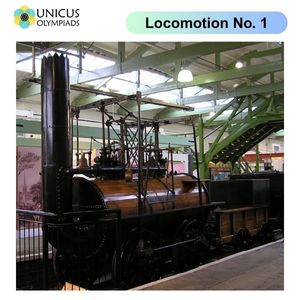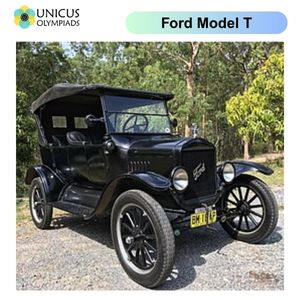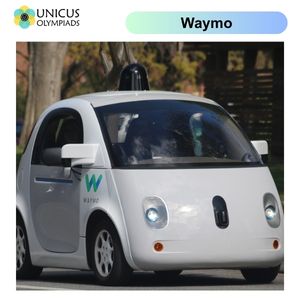

Transportation has seen incredible evolution over the centuries, from horse-drawn carriages to modern high-speed trains and self-driving cars. These advancements have not only made travel faster and more efficient but have also shaped economies, societies, and the environment. In this article, we will explore the history and evolution of transport, from the earliest methods of travel to the cutting-edge technologies of today.
The first forms of transportation were powered by animals, such as horses. Horse-drawn carriages were widely used for both personal travel and transporting goods. These carriages marked the beginning of organized transport and played a crucial role in the development of early societies.

The Industrial Revolution in the 19th century brought about the introduction of steam engines, leading to the development of the first trains. These steam-powered locomotives revolutionized travel, making it faster, more reliable, and capable of covering longer distances without the need for animals.

The late 19th and early 20th centuries saw the invention of the automobile, which brought personal transport to the masses. The development of cars gave people more freedom to travel at their own pace, and the automobile industry quickly grew, changing the way people lived and worked.

In the late 20th century, the development of high-speed trains marked a new era in travel, particularly in regions like Europe and Japan. These trains combine the efficiency of rail travel with speed and comfort, making them popular alternatives to air travel for short to medium distances.

The future of transport is being shaped by advancements in autonomous vehicles. Self-driving cars, powered by artificial intelligence (AI) and advanced sensors, have the potential to revolutionize personal and commercial transport, making travel safer and more efficient.
